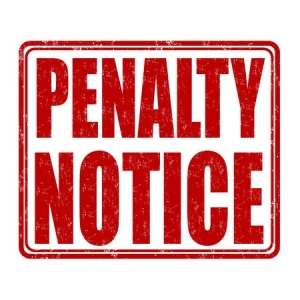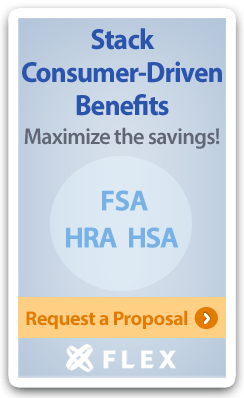Benefits Buzz
IRS Issues Initial Employer Mandate Penalty Notices
Posted on November 22nd, 2017

The Internal Revenue Service (IRS) has updated its Questions and Answers website in regards to the Employer Mandate, and it appears they have started to send initial notices to employers who are subject to a penalty for the 2015 year (generally, this will be employers with 100 or more employees since transition relief was available in 2015 to employers with 50-99 employees). Questions #55-58 at the website provide new details on the process that will be used to inform employers if a penalty is due.
The general procedures the IRS will use to propose and assess the Employer Mandate penalties will be described in a letter to the employer known as Letter 226J. The IRS plans to issue Letter 226J to an applicable large employer (ALE) if it determines that, for at least one month in the year, one or more of the ALE’s full-time employees was enrolled in a qualified health plan for which a premium tax credit was allowed (and the ALE did not qualify for an affordability safe harbor or other relief for the employee).
Letter 226J will include:
- A brief explanation of Section 4980H, which is the part of the IRS Code that includes details about the Employer Mandate.
- A summary table itemizing the proposed penalties by month and indicating for each month if the penalty is under Section 4980H(a) – the failure to offer penalty, or Section 4980H(b) – the penalty for failing to provide coverage which has the minimum value and is affordable. An explanation of the summary table will also be provided.
- Form 14765, also known as the “Employee Premium Tax Credit (PTC) List,” which outlines by month the full-time employees who received a premium tax credit and for whom the ALE did not qualify for an affordability safe harbor or other relief, and the indicator codes the ALE reported on lines 14 and 16 of each assessable full-time employee’s Form 1095-C.
- Form 14764, also known as the “ESRP Response,” which lets ALEs respond to Letter 226J. There will also be a description of the actions the ALE should take if it agrees or disagrees with the proposed penalty in Letter 226J.
The response to Letter 226J will generally be due within 30 days of the date of the letter. There will be a description of the actions the IRS will take if the ALE does not respond timely. Letter 226J will also contain the name and contact information of a specific IRS employee that the ALE should contact if they have questions about the letter.

